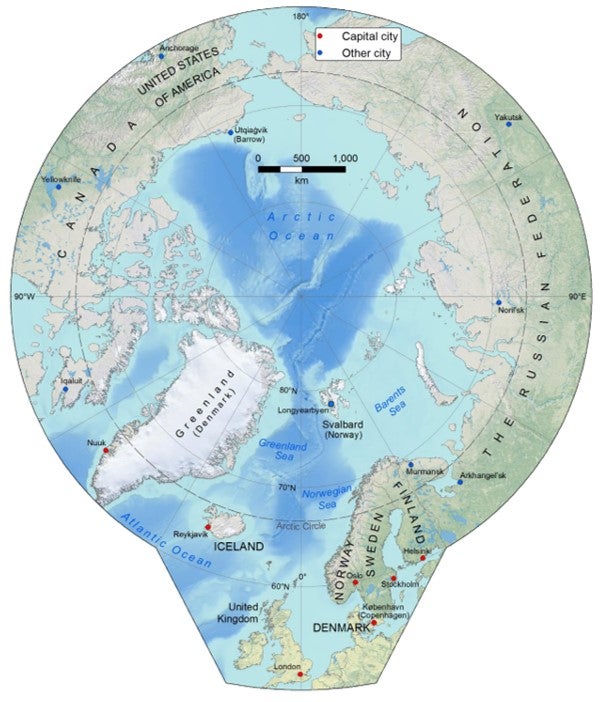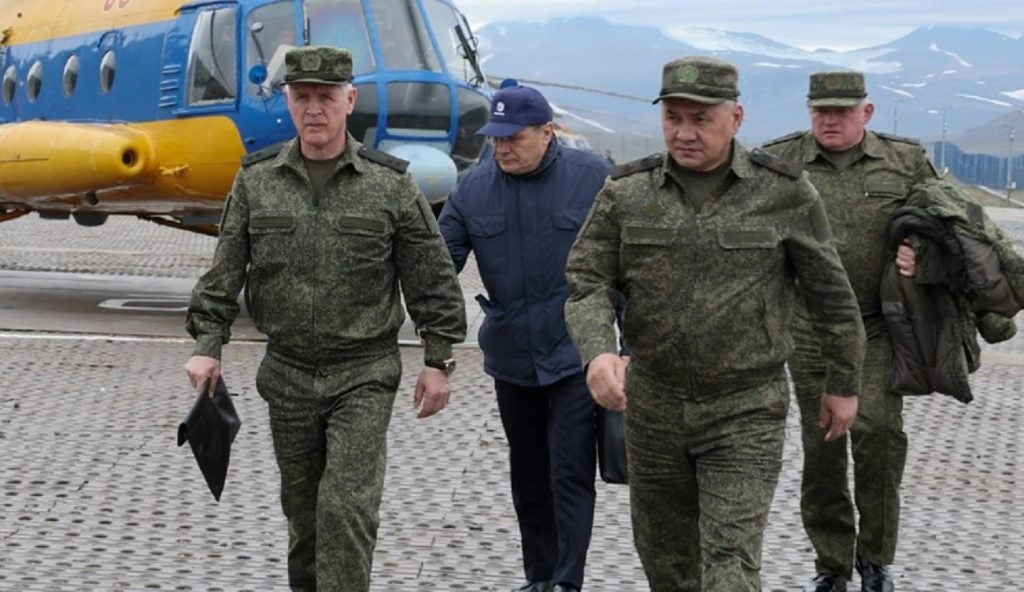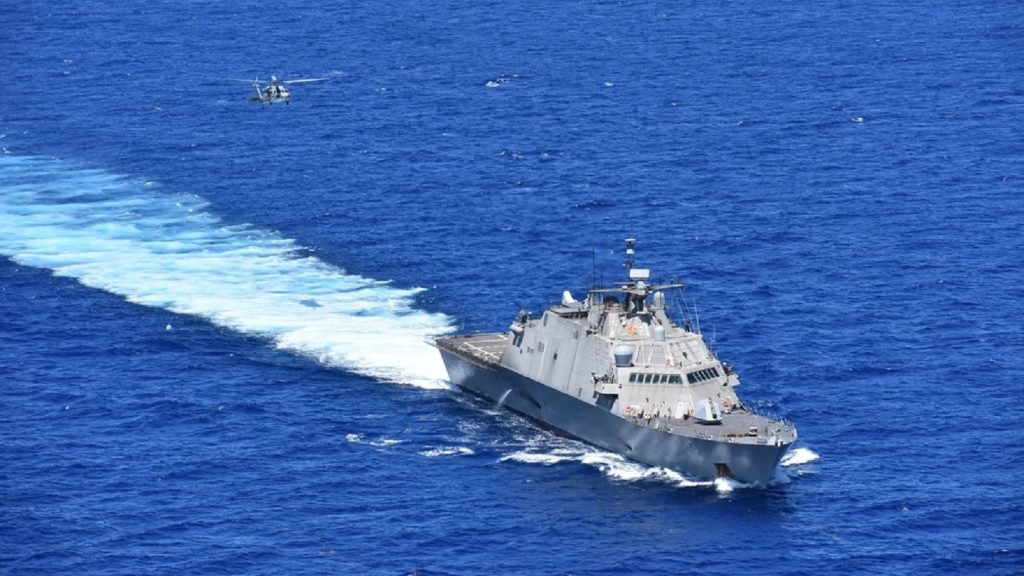Russian Defence Minister Sergei Shoigu is on top of the world – inspecting the country’s Northern Fleet on 12 August, ahead of an exercise that has commenced today, 14 August, in the Arctic Ocean.
Shoigu – who has long been the subject of criticism from the Wagner mercenary group leader Yevgeny Prigozhin for failures in directing the war in Ukraine – reviewed the activities of special units stationed in the Novaya Zemlya archipelago situated in the Arctic Ocean, formerly a USSR nuclear test site.
According to the Russian Ministry of Defence (MoD), the Arctic expeditionary detachment of the Northern Fleet comprises the large anti-submarine ship Vice Admiral Kulakov; the large landing ship Alexander Otrakovsky; the Altai rescue boat; and the tanker Sergei Osipov.
Besides this naval force the Northern Fleet also encompasses a MiG-31 Foxhound Interceptor Fighter group. This is a long-range, two-seat supersonic interceptor aircraft manufactured by the Russian Aircraft Corporation.
This aerial group operates from Novaya Zelmya and Franz Josef Land archipelagos. The aircraft perform air defence duties, intelligence, surveillance and reconnaissance, and support troops operating in the Arctic zone.
Today, the Northern Fleet has deployed from its “primary base at Severomorsk, via the Kola Bay, to organise into a route order in the Barents Sea” as part of its 12th Arctic Campaign, which will last nearly two months.

How contested is the Arctic region?
Since Finland and Sweden joined the Nato military alliance, Russia has become increasingly isolated in the polar region.
Although countries still maintain the High North theatre on their radar, Russia’s isolation marks a sense of de-escalation in the Arctic. However, the Russian MoD now appears determined to demonstrate a show of relative strength, as if to say, 'we’re still here’.
Notably, this show of force come just after the US prime Northrop Grumman announced it has delivered two major components of the Arctic Satellite Broadband Mission (ASBM) and has started the next phase of pre-launch preparations for the US and its allies to operate in the High North.
ASBM is a two-satellite constellation that the defence contractor has designed to protect satellite communications to the northern polar region – one of the most difficult locations on Earth to deliver communications to.
With this communications capability, the US and its allies and partners – which dominate in the Arctic Council – will also dominate the Arctic as its forces can respond to real-time information regarding movements in the region.











